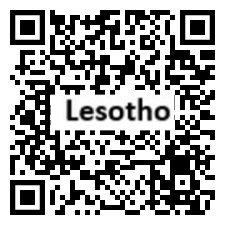Country Summary
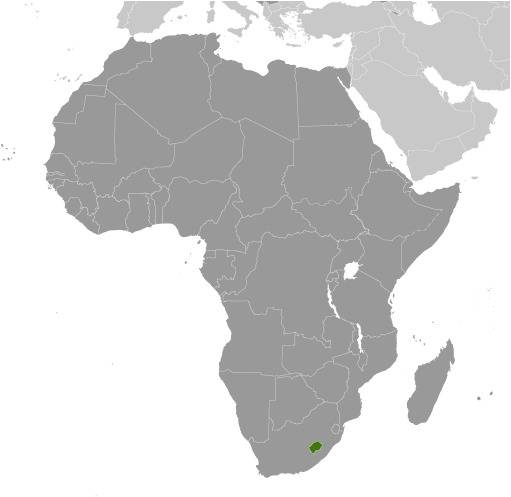
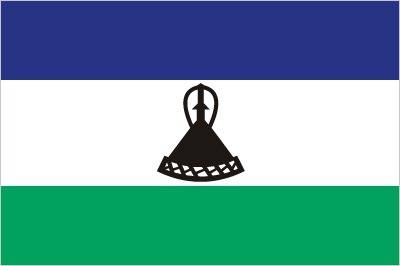
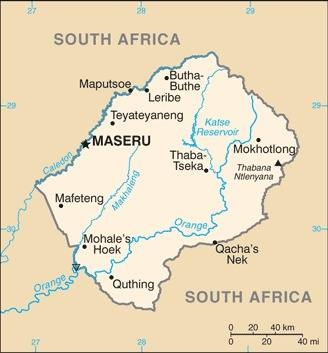
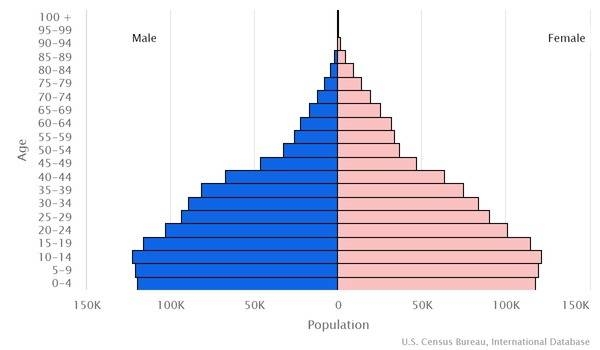
Introduction
Background
Basutoland became Lesotho on independence from the United Kingdom in 1966. Constitutional government was restored in 1993 after seven years of military rule. Constitutional reforms in the late 1998s restored relative political stability.
Geography
Area
total: 30,355 sq km
land: 30,355 sq km
water: 0 sq km
Climate
temperate; cool to cold, dry winters; hot, wet summers
Natural resources
water, agricultural and grazing land, diamonds, sand, clay, building stone
People and Society
Population
2,193,970 (2022 est.)
Ethnic groups
Sotho 99.7%, Europeans, Asians, and other 0.3%
Languages
Sesotho (official) (southern Sotho), English (official), Zulu, Xhosa
Religions
Protestant 47.8% (Pentecostal 23.1%, Lesotho Evangelical 17.3%, Anglican 7.4%), Roman Catholic 39.3%, other Christian 9.1%, non-Christian 1.4%, none 2.3% (2014 est.)
Population growth rate
0.76% (2022 est.)
Government
Government type
parliamentary constitutional monarchy
Capital
name: Maseru
Executive branch
chief of state: King LETSIE III (since 7 February 1996); note - King LETSIE III formerly occupied the throne from November 1990 to February 1995 while his father was in exile
head of government: Prime Minister Ntsokoane Samuel MATEKANE (4 November 2022)
Legislative branch
description: bicameral Parliament consists of:
Senate (33 seats; 22 principal chiefs and 11 other senators nominated by the king with the advice of the Council of State, a 13-member body of key government and non-government officials; members serve 5-year terms)
National Assembly (120 seats; 80 members directly elected in single-seat constituencies by simple majority vote and 40 elected through proportional representation; members serve 5-year terms)
Economy
Economic overview
lower middle-income economy surrounded by South Africa; environmentally fragile and politically unstable; key infrastructure and renewable energy investments; dire poverty; urban job and income losses due to COVID-19; systemic corruption
Real GDP (purchasing power parity)
$4.88 billion (2020 est.)
Real GDP per capita
$2,300 (2020 est.)
Agricultural products
milk, potatoes, maize, vegetables, fruit, beef, game meat, mutton, beans, wool
Industries
food, beverages, textiles, apparel assembly, handicrafts, construction, tourism
Exports
$900 million (2020 est.)
Exports - partners
United States 29%, Belgium 26%, South Africa 25%, Switzerland 6% (2019)
Exports - commodities
diamonds, clothing and apparel, low-voltage protection equipment, wheat products, footwear (2019)
Imports
$1.96 billion (2020 est.)
Imports - partners
South Africa 85%, China 5% (2019)
Imports - commodities
refined petroleum, clothing and apparel, packaged medicines, delivery trucks, poultry meats (2019)
Exchange rates
maloti (LSL) per US dollar -
Page last updated: Thursday, November 10, 2022
